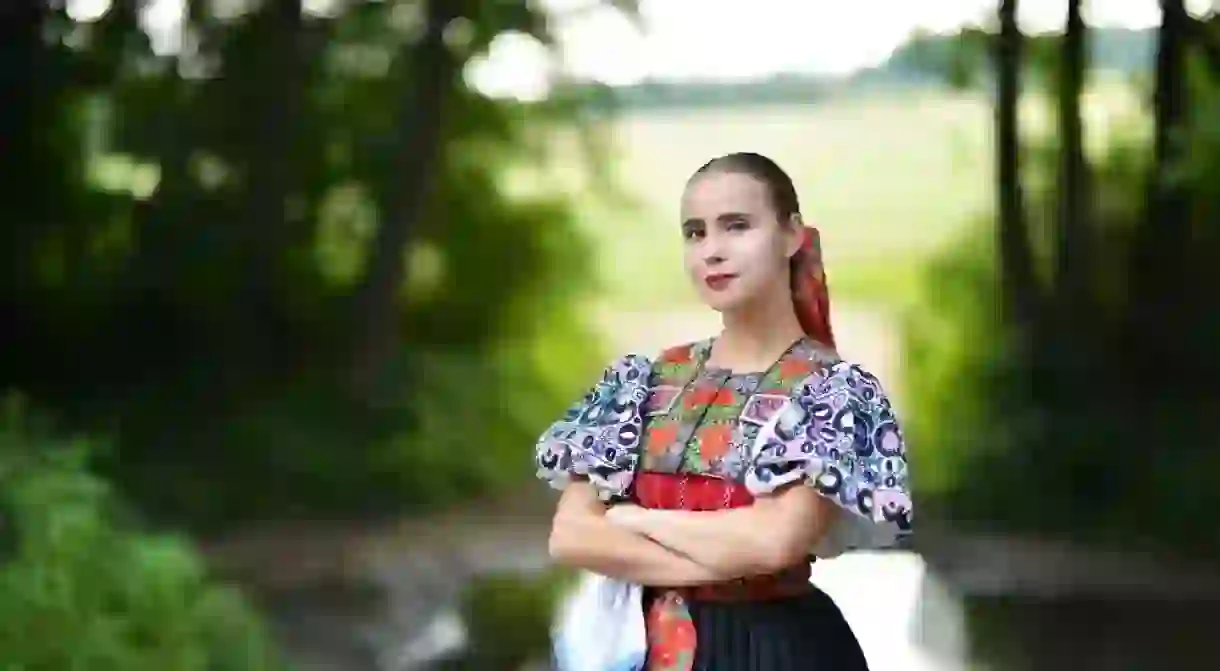6 Stereotypes About Slovaks That Simply Aren't True

Stereotypes are everywhere; and every country is a victim. You may have heard stereotypes about people from larger countries like France or Germany, but did you know that Slovaks fall prey to their own set of stereotypes too? Here’s a list of the most popular stereotypes about Slovak people which simply aren’t true.
Slovaks are the same as Czechs, right?
Many people over the age of 40 think first of Czechoslovakia when Bratislava is mentioned. However, the Czech Republic and Slovak Republic officially separated in 1993 and became their own, independent nations. Still, almost 25 years later, many of the world’s older generations get confused or forget about the dissolution of Czechoslovakia. You can imagine how frustrating it might be to not even be recognized as a country, so Slovaks do get very annoyed when clueless tourists think that they are visiting Czechoslovakia. It is Slovakia. It is not the Czech Republic. And it is not ever Czechoslovakia. That time has ended.

Slovakia and Slovenia are totally the same country, right?
Wrong. Yet another way in which Slovaks are often offended is when someone interchangeably uses Slovakia and Slovenia. They are two separate and quite different countries whose names happen to sound alike… but they are absolutely not the same country. So try not to use Slovenia when you are talking about Slovakia and vice versa. While we are on this subject, there is also no such thing as a Slovakian, while there is such as thing as a Slovenian. The plural for people from Slovakia is Slovak.

Slovaks are lazy and don’t want to work
Many former Soviet Union countries are often stereotyped as being lazy and unwilling to work after emerging from a Communist economy. However, casting all Slovak people as lazy and incompetent is grossly ignorant, as Slovakia continually demonstrates a high level of economic progress, according to the Organization for Economic Cooperation and Development (OECD). Slovakia has one of the highest export rates in the entire European Union, with only Ireland and Luxembourg exporting goods and services at a higher percentage of their GDP. Foreign trade of products such as machinery, chemicals, fuels, steel, weapons, and cars is extremely important to Slovakia’s growing economy.

The quality of life in Slovakia is quite low
Again, this stereotype is often directed toward many former Soviet Union countries. But as Slovaks continue to earn contracts for automobile factories (such as the new Jaguar Land Rover plant near Nitra) and are chosen for many information technology support services, the quality of life continues to rise as the economy grows. In fact, OECD statistics indicate that household disposable income has been steadily rising by 4.1% every year. Additionally, Bratislava is rated as the sixth richest region in the European Union when comparing GDP per capita, according to the EU statistics office. The existence of several multinational corporations with offices in Bratislava certainly helps to achieve this ranking, but is an indicator that the quality of life in Slovakia is certainly rising, nonetheless.

Slovaks only love the mountains and not the beach
Since Slovakia is an entirely landlocked country, many people believe that Slovaks have never seen the sea. This could not be further from the truth, as the coast of Croatia is unofficially known as the “Slovak Sea” during the summer month. Slovaks flock to the Croatian coast because it is an easily drive-able distance from home and they often stay for one to three weeks. Croatians even complain that the only language they hear spoken during the months of July and August is Slovak! However, that might just be a stereotype; but according to word of mouth, it is true.

Slovaks drink too much
This stereotype likely came about when visitors drank one too many shots of Slovak slivovica or borovička; both can be quite strong. Slivovica is a plum brandy, aged for about three years in oak barrels. Borovička is a juniper brandy with a dry taste. The alcohol content of both can easily exceed 40%. And it is true that Slovaks like to drink, but they actually consume less alcohol per capita than most of the surrounding countries. Hungary, Austria, the Czech Republic, and Poland all consume more alcohol in litres per capita annually, according to research done by the Organisation for Economic Co-operation and Development (OECD)… making Slovaks quite the responsible drinkers in comparison. Cheers! Or during your trip to Slovakia, na zdravie!














